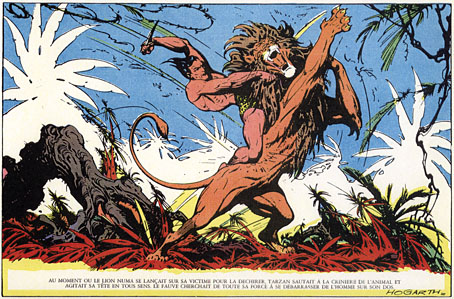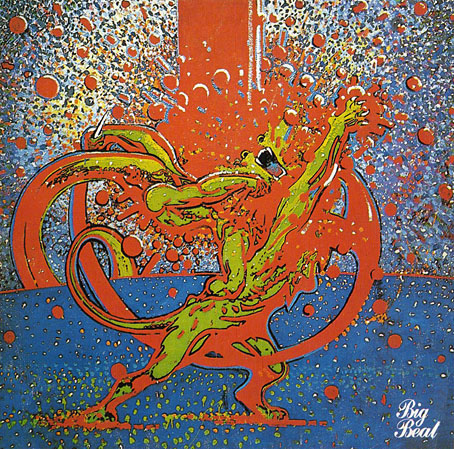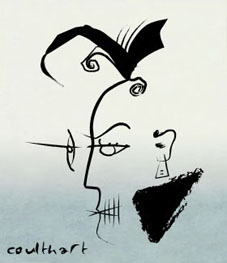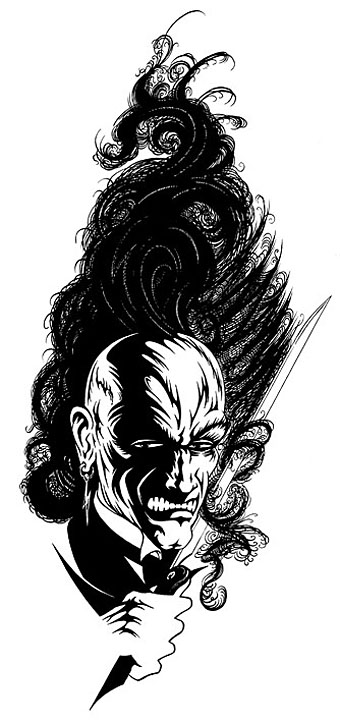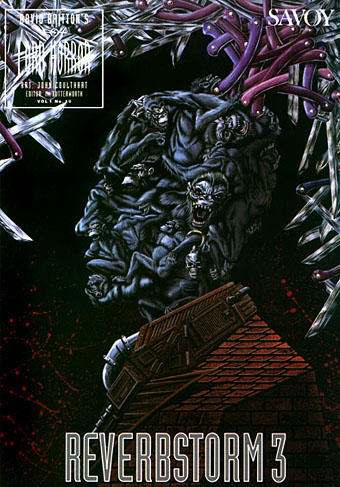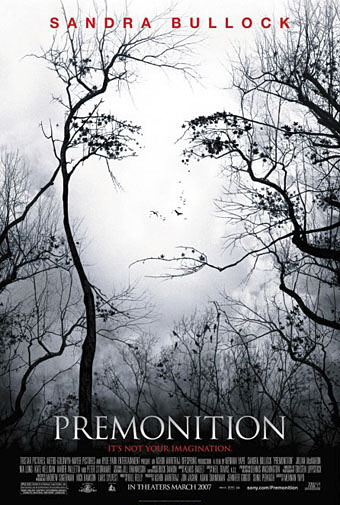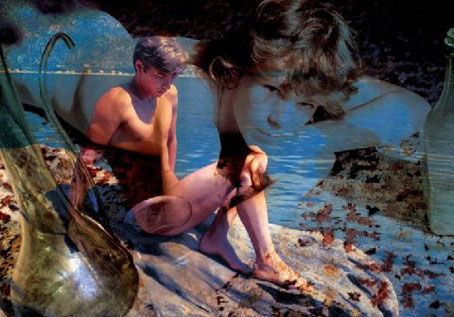
Untitled photo print.
A fantastic exhibition of photographs, drawings and engravings by Raymond Carrance, aka Czanara, opens today at Wessel + O’Connor Fine Art, New York, running until June 21, 2008. For those of us who can’t get to see it there’s a selection of the works on show at their site which immediately increases the web visibility of this artist by several orders of magnitude.
Carrance was a photographer and book illustrator who, working mostly in the 1950’s and 60’s, created a private body of homoerotic dreamscape’s under the pseudonym ‘Czanara’. The exhibit shines new light on Carrance’s art, which is certainly courageous and innovative, especially for its time.
One of the last great unknown erotic artists of the 20th century, his work is somewhat reminiscent of the magic realism style of the painters Paul Cadmus and Jared French, yet done in a photographic medium. Using overlays of abstract graphics over dreamy images of languid young men at play, his work is a meditative pondering of the artist’s psyche. The work is reverential, distinctly European, yet never exploitative.
Carrance, who lived from 1921–1998, was also responsible for illustrating with elaborate etchings and lithographs the works of Jules Renard and Cyrano de Bergerac, as well as an edition of Henry de Montherlant’s 1951 gay classic La Ville dont Le Prince est un Enfant (The Land Whose King is a Child). There will be examples of this riveting work, as well as his compelling drawings, on view as well. Having died with no heirs, his work was sold at auction by the French state, but luckily fell into the hands of a bookseller who we have to thank for it finally seeing the light of day.
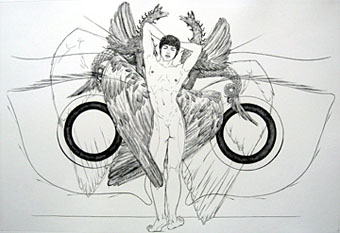
Untitled engraving (c. 1950s).
Among the items worthy of note is the above engraving which is another version of the hermaphrodite angel picture I posted in March last year. The other engravings are equally fascinating, looking at times like gay equivalents of Hans Bellmer.
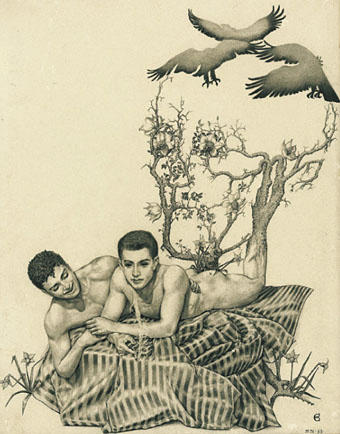
May 4, 1953.
There’s also the drawing above which raises a curious artistic conundrum by being very reminiscent of the work of comic artist Burne Hogarth. A couple of weeks after posting the Czanara angel picture I pointed out the similarity between the film poster for Premonition and one of Hogarth’s panels from Jungle Tales of Tarzan, both of which use the trick of making faces out of tree branches. (I also noted that Dalí was doing similar things before almost everyone else.) Czanara’s 1953 drawing not only contains very Hogarthesque figures but does the same thing with the branches to make a skull face. The curious thing here is that Czanara’s picture predates Hogarth’s Tarzan book by more than twenty years. It’s very unlikely that Hogarth would have seen Czanara’s work; given that Hogarth was made world famous by his Tarzan strips of the 1940s it’s more likely that Czanara knew Hogarth’s work although none of his Sunday strips contained these kind of pictorial tricks and I’ve not seen any example of Hogarth doing this in the 1950s. I also haven’t yet seen the recent book about Czanara so can’t say what light has been shed on his artistic influences. If anyone can solve this mystery (which may simply be coincidence, of course), please leave a note in the comments.
Elsewhere on { feuilleton }
• The gay artists archive
• The etching and engraving archive
Previously on { feuilleton }
• The skull beneath the skin
• A premonition of Premonition
• Czanara’s Hermaphrodite Angel
• The art of Paul Cadmus, 1904–1999
